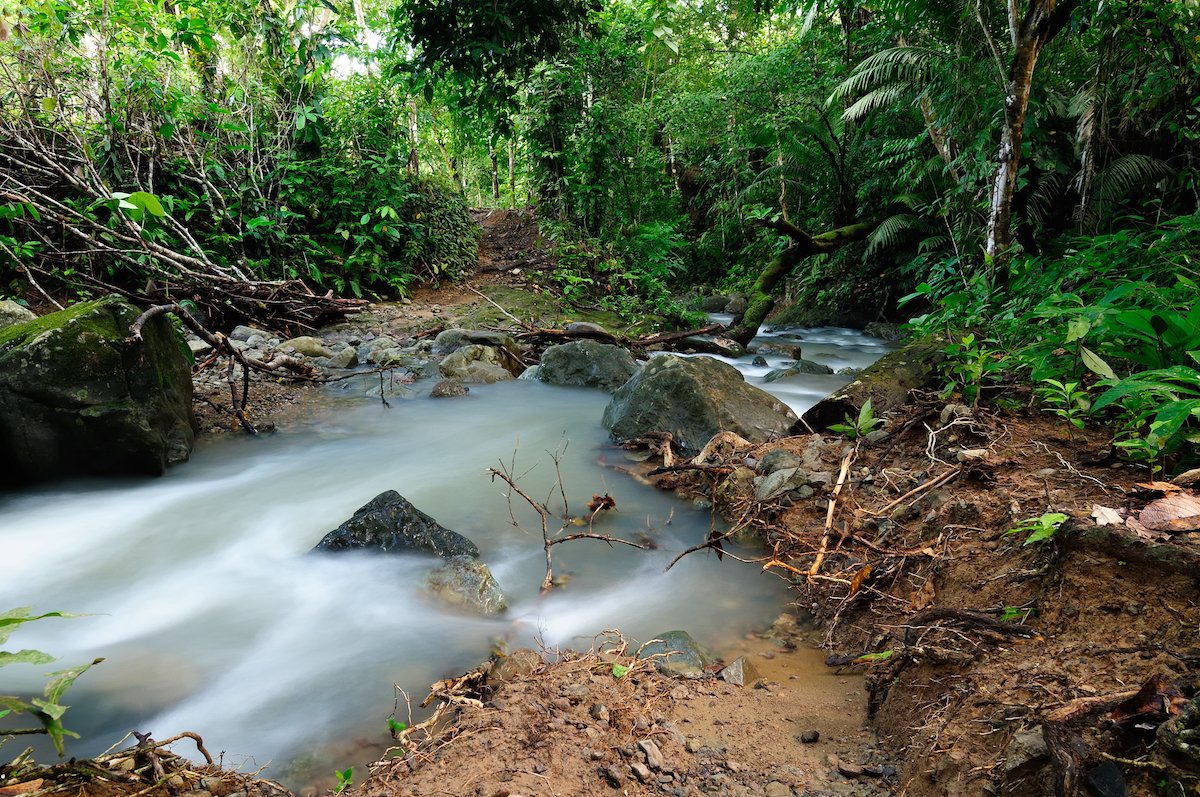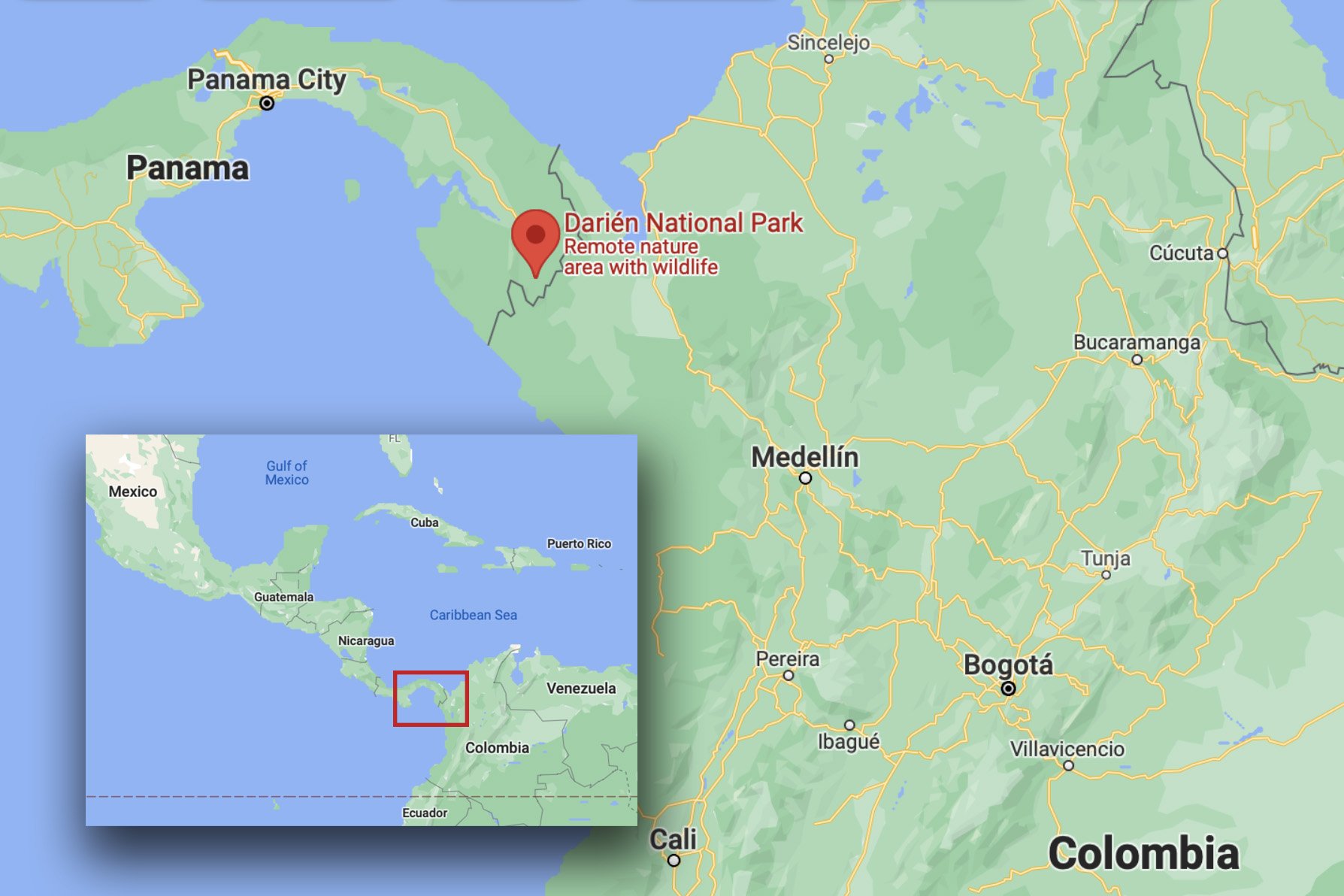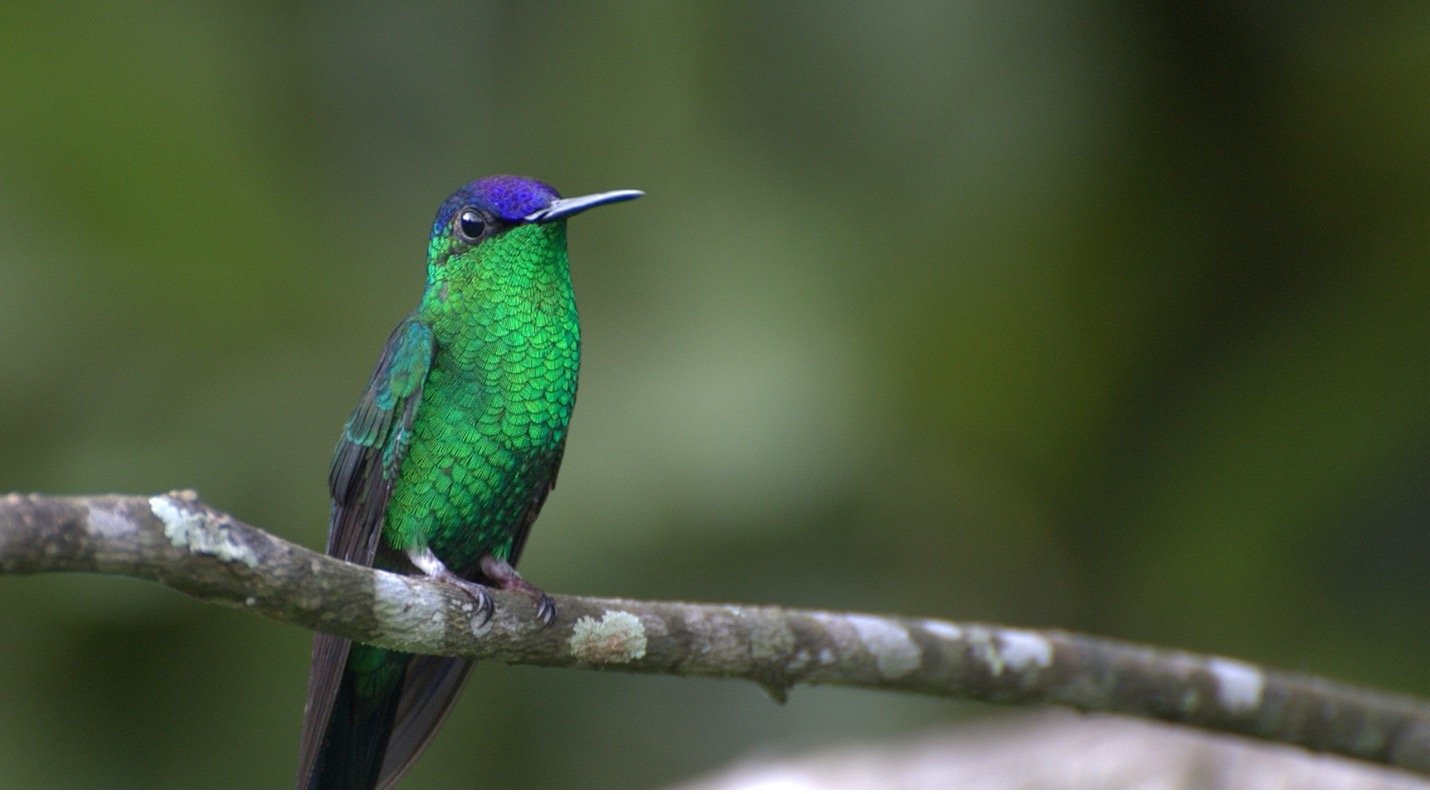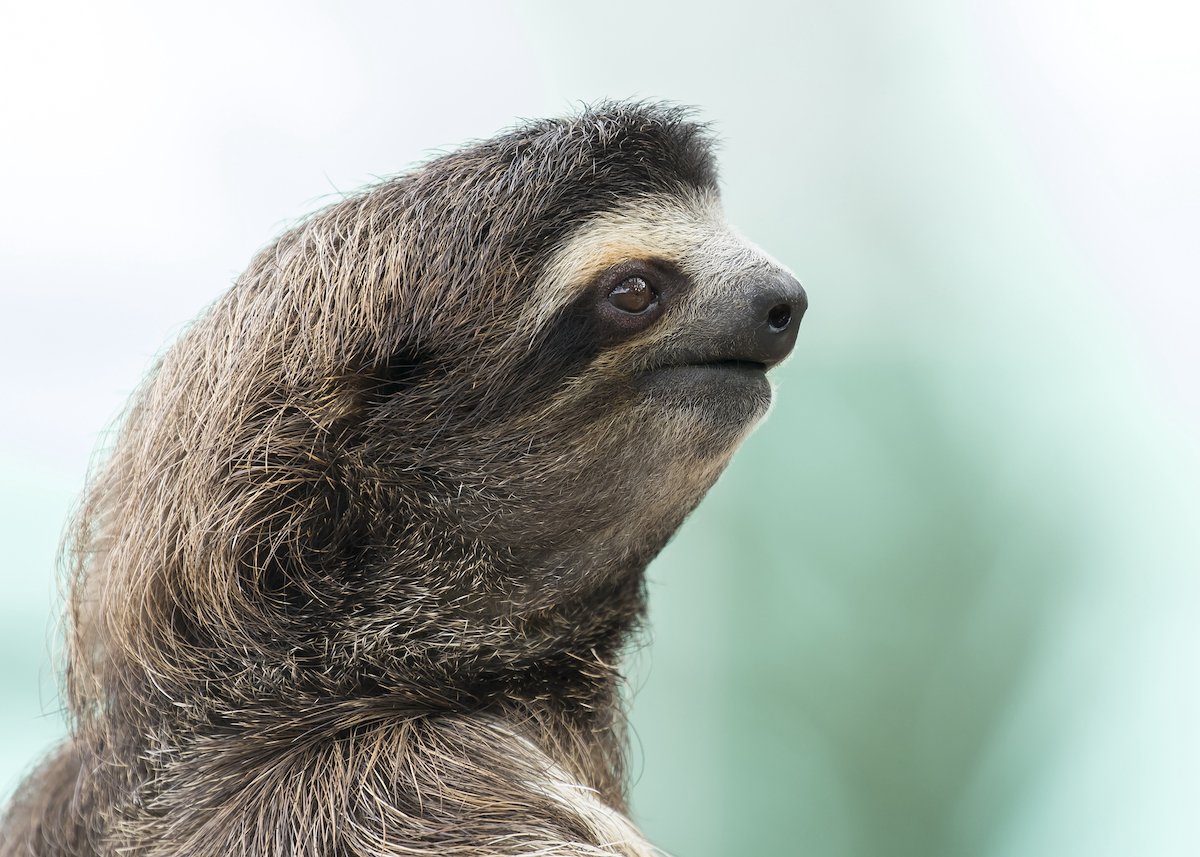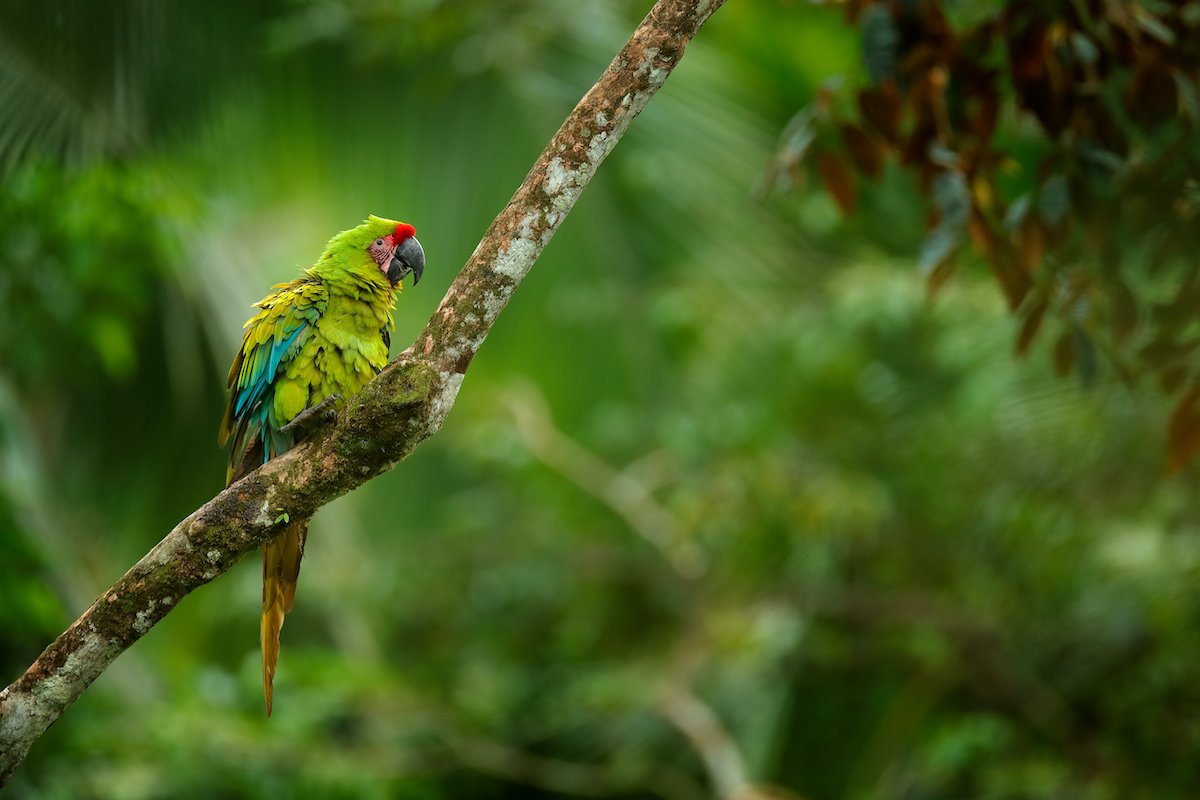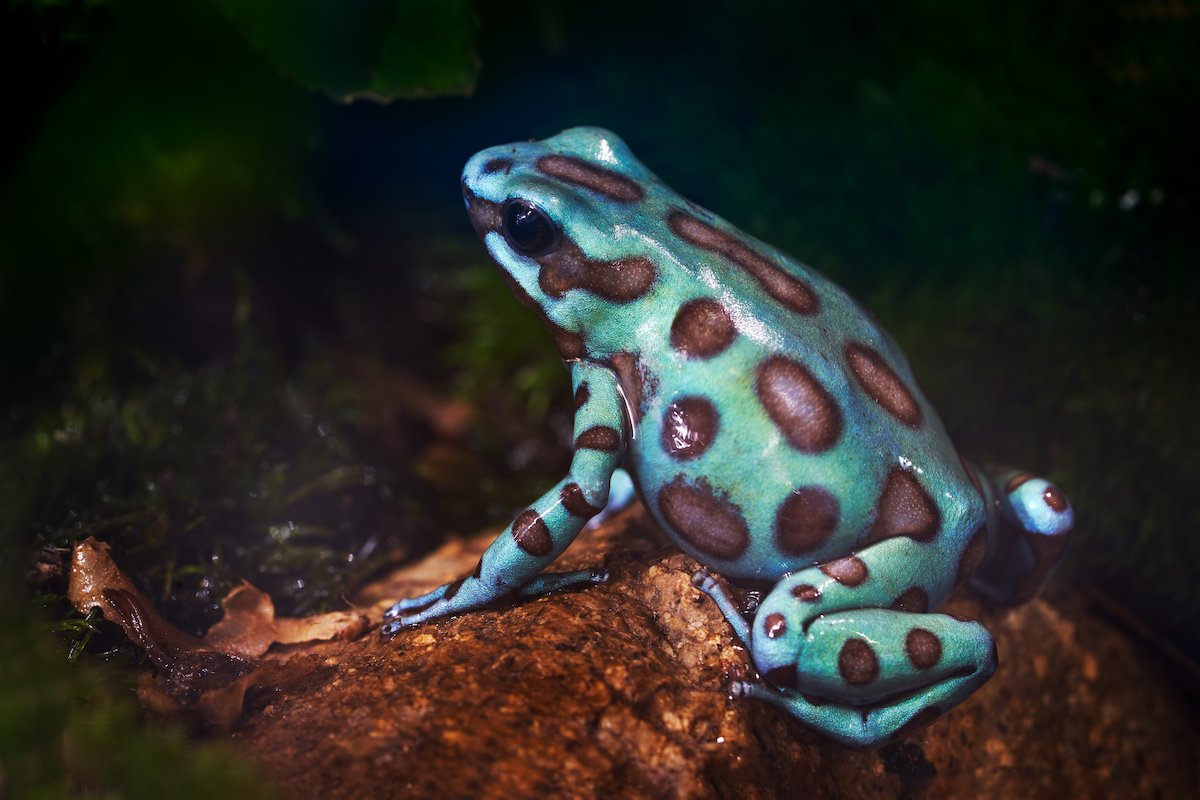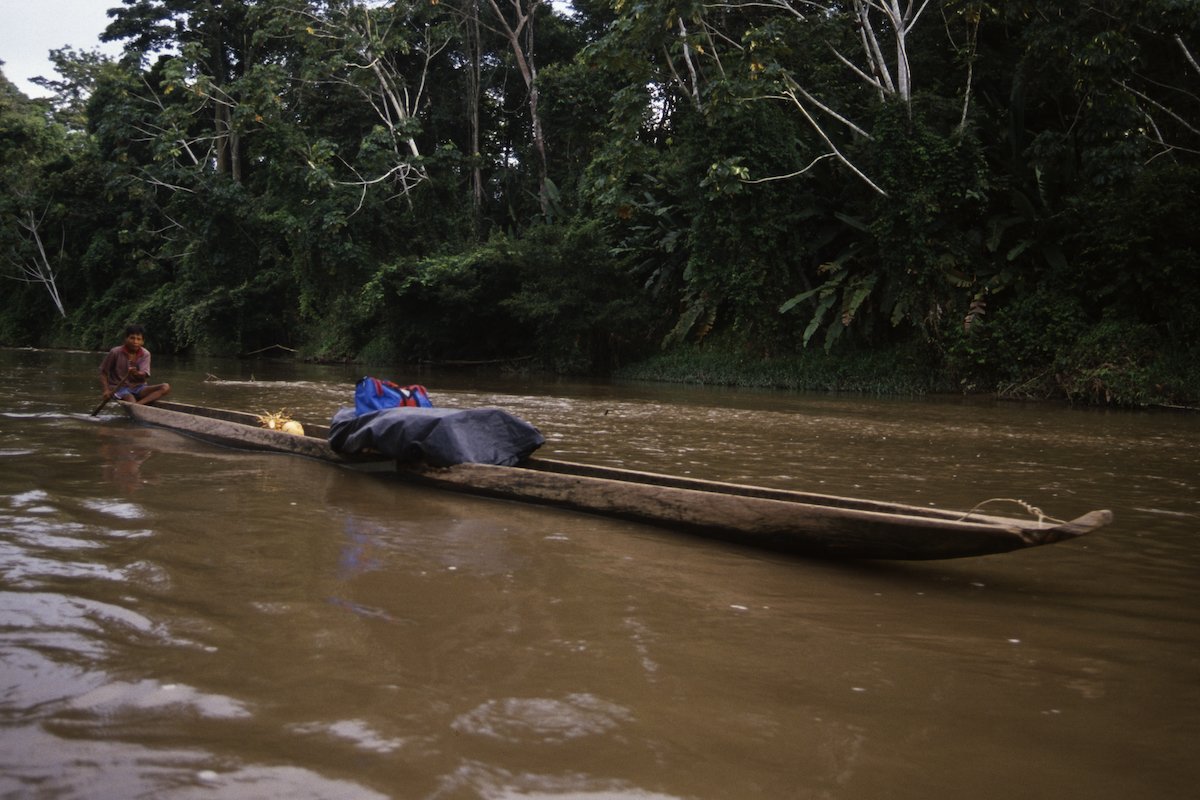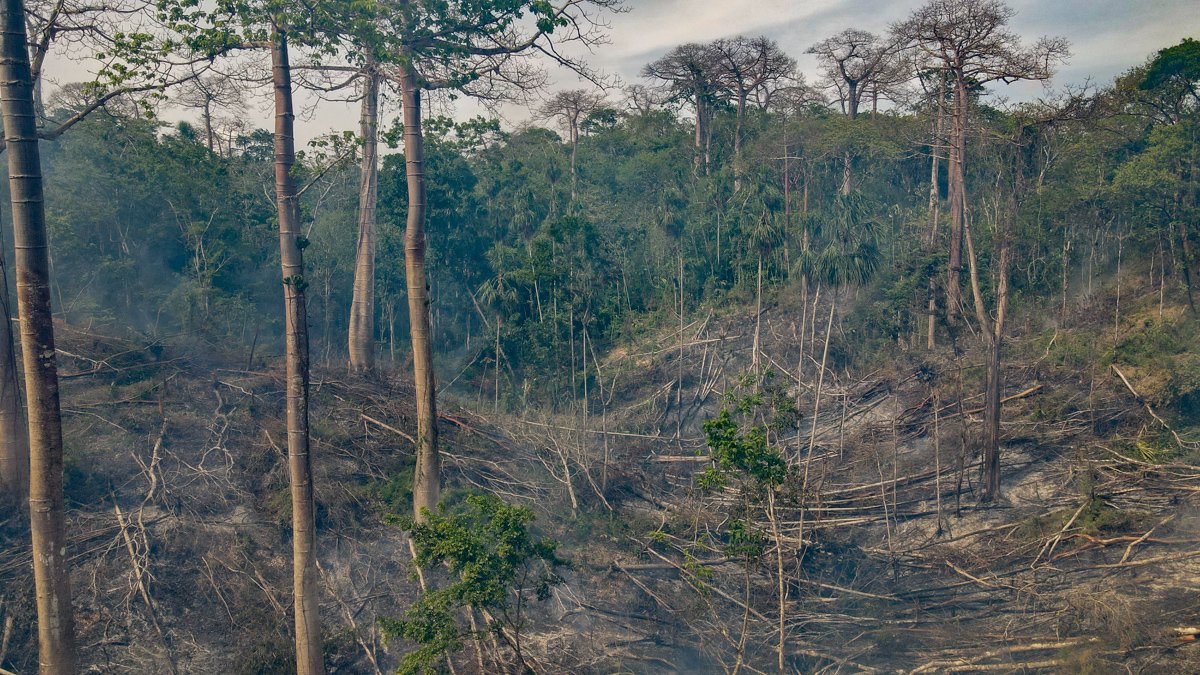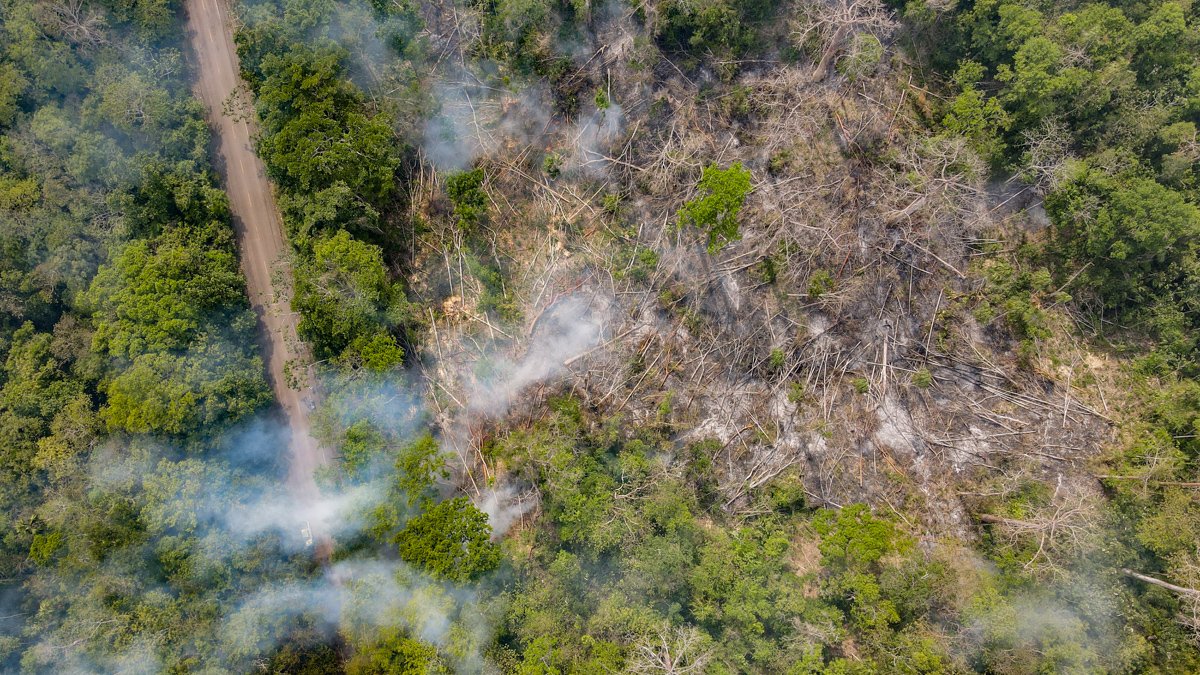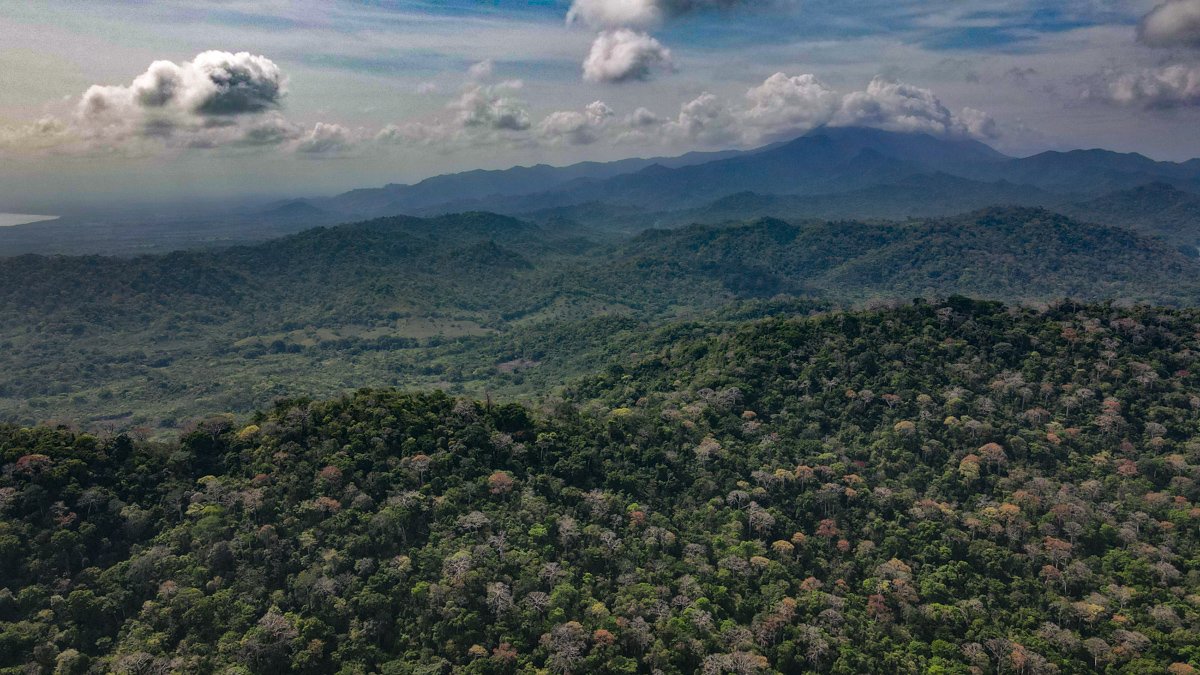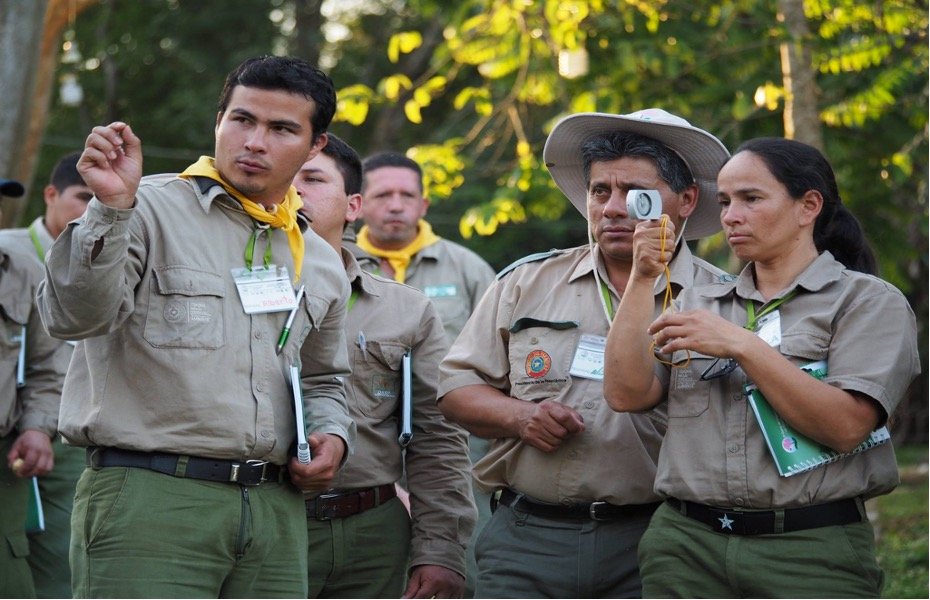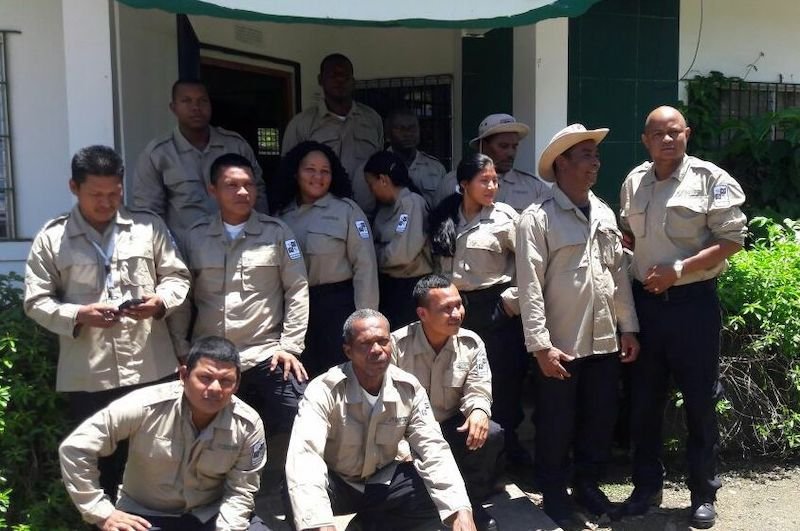Darién World Heritage Site, Panama
OVERVIEW
Panama’s Darién National Park is the largest protected area in Central America and the Caribbean. This Biosphere Reserve is considered the Americas’ most important “natural lung” after the Amazon. Darién is among the most species-rich ecosystems in Central America, and one of the most biodiverse rainforests in the world.
SIZE
575,000 Hectares
GOAL
$480,000
VISITORS BY 2030
30,000
Introduction
For those who have heard the name “Darién”, it may invoke a sinister feeling. The Darién Gap, the only break in the Pan-American Highway, is known as a forbidding jungle hiding guerrillas, paramilitary forces, and narcotraffickers. However, there’s another side to the story: the Darién region is also a lush, vibrant expanse of forests, mangroves, and sandy beaches, flourishing with some of the greatest biodiversity on Earth.
Herein lies Panama’s Darién National Park, the largest protected area in Central America and the Caribbean, a green shroud over the confluence of North and South America. This Biosphere Reserve is considered the Americas’ most important “natural lung” after the Amazon. The Darién's almost roadless wilderness is one of the most remote areas of Panama, which has helped to protect it as one of the largest expanses of intact rainforest north of the Amazon.
Because of its biogeographical position on the southern end of the Isthmus of Panama, the Darién’s dense forests link the ecosystems of South and Central America, resulting in breathtaking biodiversity. The endemism, too, is unparalleled: plant and animal populations were stranded and isolated on the Darién’s mountaintops as prehistoric sea levels rose and fell, resulting in an astonishing number of endemic species, found nowhere else in the world. One in every five plants here is unique to the Darién. Thousands of species of animals and plants likely remain undiscovered, shrouded by the thick jungle.
For a hundred kilometers, the dense forest canopy breaks only to allow rivers like the Tuira and Chucanaque to pass. One-third of the watersheds in Darién Province are protected by the park, providing ecosystem services and livelihoods to multitudes of Panamanian and Colombian people downstream.
Global Conservation has been asked to assist with Global Park Defense deployment for Park and Wildlife Protection, in close coordination with law enforcement and science teams for biodiversity monitoring.
Natural Heritage
Darién National Park consists of a mosaic of habitats, including rocky coastlines, sandy beaches, mangroves, cloud forests, swamps, mountains rising up to the Cerro Tacarcuna at 1,875m high, and large expanses of tropical forests. This ecological diversity has allowed the Darién to become among the most species-rich ecosystems in Central America, and one of the most biodiverse rainforests in the world.
The park contains 169 mammal species, including the critically endangered brown-headed spider monkey and the endangered Baird’s tapir. 99 reptiles, 78 amphibians, 50 freshwater fish, and thousands of invertebrate species also live here, while some of Panama’s 20 whale and dolphin species, 33 shark species, and 4 sea turtle species live off the park’s coast.
An impressive 533 bird species call this park home, making it one of the world’s top birding destinations. Endangered great green macaws and Baudo oropendulas live alongside 30 bird species found in this region and nowhere else. In fact, the lowland forests with isolated mountains on either side are at the center of two Endemic Bird Areas: The Darién and Urabá lowlands and the East Panama and Darién Highlands.
Darién National Park’s 575,000 hectares stretch across 90% of the Colombia-Panama border, spilling over into Los Katíos National Park (72,000 ha) on the Colombian side. These transfrontier forests offer the potential to conserve pristine habitat on a scale that is rare in modern times, allowing uninterrupted migration of large wildlife species like jaguars. In the face of climate change, large tracts of habitat like this will be critical for ecosystem resilience. In fact, these vast expanses of forest have been identified as one of the seven places with the greatest potential to sustain jaguar populations in the long term.
Several indigenous groups live in the park, including the Embera, Wounaan, and Kuna people, who have held on to their traditions despite colonization and hundreds of years of contact with the outside world. In fact, in its creation, Darién National Park broke new ground when it explicitly considered a cultural dimension when laying out its management and conservation as a protected area.
Threats affecting Darién include:
Illegal mining and land clearing
Unauthorized settlements
Fishing/collecting of aquatic resources
Lack of management systems/management plan
Armed conflict and security concerns
Illegal activities, including extraction of timber and wildlife
Overfishing in the lowland freshwater systems
Threats from major infrastructure projects and major linear utilities (electric transmission corridor, ports).
While there is forest loss near the property, the interior of the park remains intact, according to recent scientific analysis. The main challenge noted is the need to “improve management schemes associated with prevention, surveillance and control, as well as the strategies of spatial management”, according to the IUCN.
The Pan-American Highway
The Pan-American Highway has long loomed over the Darién region as a potential ecological disaster. The Darién “Gap” is so named because it is a 96-km gap in this highway, and the completion of this section has been shelved several times due to environmental concerns. However, some interests continue to push for its construction.
Saving Darien National Park
With Global Park Defense, the park authority and ranger teams will have increased capacity and improved effectiveness to greatly improve park and wildlife protection, law enforcement and biodiversity monitoring. Our goal is to achieve "No Cut, No Kill" protection for the national park within 5-6 years.
Our Objectives:
1.
Threat Assessment: Focus on key logging communities and wildlife habitats
2.
Aerial Mapping: Roads, Trails, Skids, Rivers
3.
Surveillance: Air and Ground
4.
Cellular Trailcams: Rivercams and Sensors (Laser, Infrared)
5.
SMART Patrolling: Garmin InReach GPS and Park-wide Satellite Communications
6.
Community Patrolling and Ecotourism Development
7.
Military Support for key logging and poaching seasons and securing access points
Primary Outcomes Expected
Deployment of Global Park Defense systems
Increase Ranger Patrolling Coverage
Multiply Arrests and Prosecutions
Training of Rangers, Wildlife and Park Staff in Global Park Defense
World-Class Master Plan for DarienHeritage Park
Single Management Unit and Board of Trustees DarienWorld Heritage
The Opportunity – Sustainable Tourism
Similar to other Global Park Defense deployments in Peru, Guatemala and Costa Rica, ecotourism development is critical to provide inclusive economic opportunities for local communities. Since Panama is already a top destination for nature tourism and birding, ecotourism can provide a viable and profitable alternative to wildlife poaching, illegal logging and forest clearing. Of course, visitor security is of paramount importance.
Species Facing Extinction
In Darien National Park, we are working with our partners to protect the harpy eagle.
Global Conservation is funding a multi-year Species Population Baseline study for harpy eagles to ascertain progress in Park and Wildlife Protection from our investments in Global Park Defense in Darien National Park.
Fewer than 450 harpy eagles are likely to remain in Panama. Harpy eagles are enormous birds of prey, tied for the title of world's largest eagle. They are found in rainforest habitats throughout much of South and Central America, and are threatened primarily by deforestation.
Partners in Conservation
Ministerio de Ambiente (Ministry of the Environment), Panama
Shirley Binder, National Director of Protected Areas and Biodiversity at Ministerio de Ambiente


